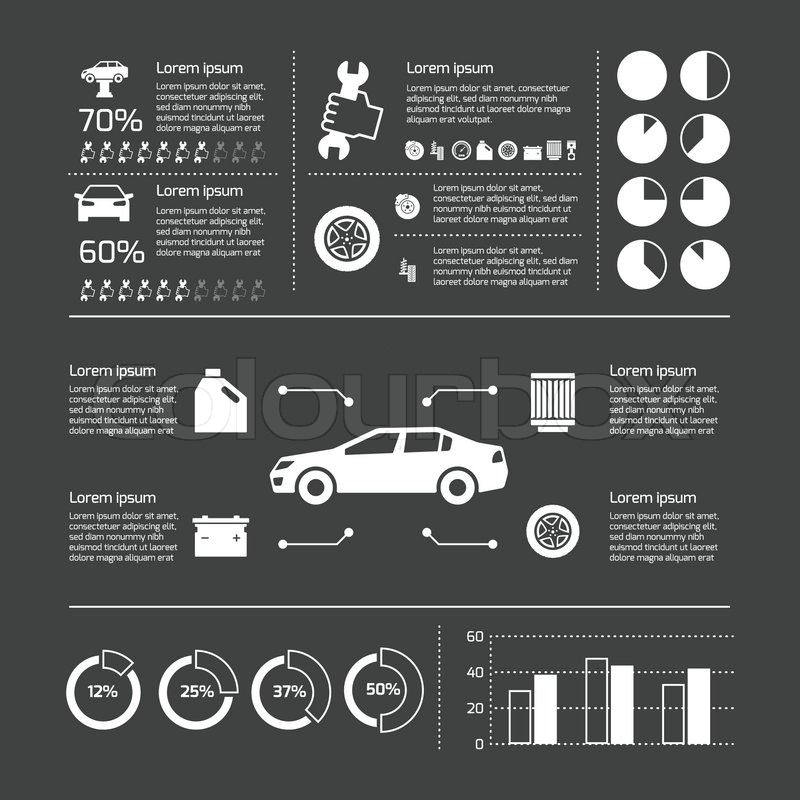Analyzing Your Auto'S Alert Lights: Their Real Ramifications
Analyzing Your Auto'S Alert Lights: Their Real Ramifications
Blog Article
Web Content By-Sykes Stark
When you lag the wheel, those glowing caution lights on your control panel can be a bit perplexing. Do you understand what they're attempting to tell you concerning your auto's health and wellness? Comprehending the significance of these lights is vital for your safety and security and the longevity of your automobile. So, the next time one of those lights appears, would not you intend to understand its message precisely and take the necessary actions to resolve it?
Common Warning Lights and Interpretations
Recognize typical caution lights in your auto and understand their definitions to make certain safe driving.
The most typical caution lights consist of the check engine light, which signals problems with the engine or exhausts system. If this light begins, it's important to have your car checked immediately.
The oil pressure cautioning light indicates low oil pressure, calling for prompt focus to avoid engine damage.
A blinking battery light may recommend a malfunctioning billing system, possibly leaving you stranded if not attended to.
The tire pressure monitoring system (TPMS) light informs you to low tire stress, influencing car security and gas efficiency. Disregarding this can bring about harmful driving conditions.
The ABS light suggests a problem with the anti-lock braking system, compromising your capacity to quit promptly in emergency situations.
Lastly, https://jeffreylgaup.blogofchange.com/30466987/check-out-the-key-elements-that-will-certainly-help-you-make-educated-choices-about-your-automobile-s-treatment-and-upkeep warning light warns of engine getting too hot, which can cause serious damages if not solved quickly.
Comprehending these common warning lights will help you address issues immediately and preserve secure driving conditions.
Value of Prompt Interest
Understanding the typical caution lights in your cars and truck is only the very first step; the significance of promptly addressing these warnings can not be stressed sufficient to guarantee your safety and security when driving.
When a warning light illuminates on your dashboard, it's your auto's means of interacting a prospective issue that needs attention. Neglecting these cautions can result in more severe troubles later on, compromising your safety and security and possibly costing you much more out of commission.
Motivate attention to cautioning lights can stop breakdowns and mishaps. As an example, a flashing check engine light can show a misfire that, if left neglected, might cause damages to the catalytic converter. Resolving this promptly can save you from a pricey repair.
In a similar way, a brake system warning light might indicate low brake fluid or worn brake pads, important components for your safety when driving.
DIY Troubleshooting Tips
If you notice a caution light on your dashboard, there are a few do it yourself fixing pointers you can try before looking for specialist assistance.
The initial step is to consult your auto's guidebook to understand what the particular caution light indicates. Often the issue can be as basic as a loosened gas cap triggering the check engine light. Tightening the gas cap might settle the problem.
One more common concern is a reduced battery, which can cause various cautioning lights. Inspecting the battery links for deterioration and ensuring they're safe might repair the trouble.
If a warning light continues, you can attempt resetting it by detaching the vehicle's battery for a couple of minutes and afterwards reconnecting it. Furthermore, checking your lorry's liquid degrees, such as oil, coolant, and brake fluid, can help troubleshoot warning lights connected to these systems.
car professional cleaning , understanding your car's caution lights is vital for keeping your automobile running smoothly and safely. By immediately addressing these signals and understanding what they suggest, you can stay clear of expensive repairs and possible break downs.
Bear in mind to consult your car's guidebook for specific details on each cautioning light and act accordingly to ensure a trouble-free driving experience.
Stay notified, stay secure when driving!
